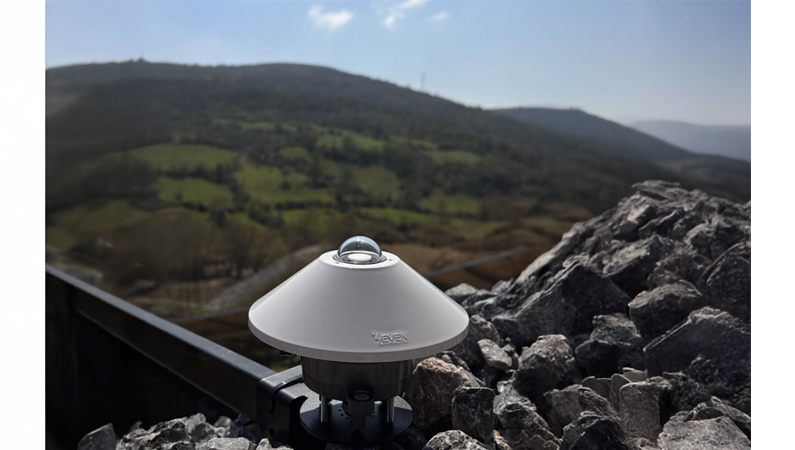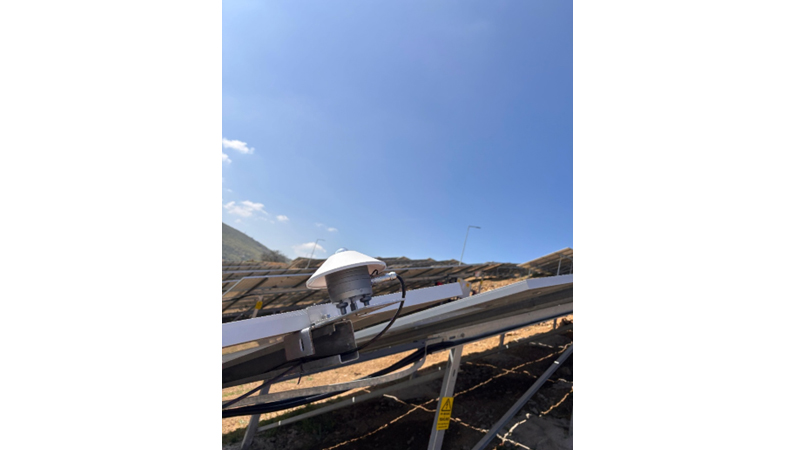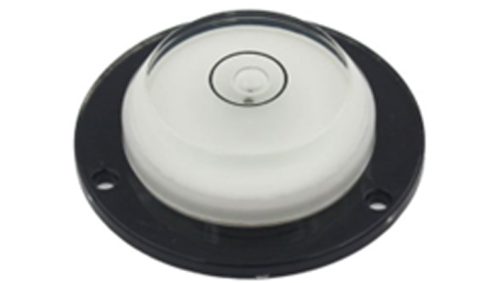Learn about 5 common mistakes when using a pyranometer and how to avoid them in this article. Before diving in, we recommend visiting the following page to explore the SEVEN Class A Thermopile Pyranometer “ https://www.sevensensor.com/pyranometers” and gain insights into the product.
A thermopile pyranometer is a critical sensor used to accurately measure solar irradiance in photovoltaic (PV) systems. It plays a vital role, especially in Global Horizontal Irradiance (GHI) and Plane of Array (POA) measurements, which are essential for evaluating overall system performance.
However, if even the best quality pyranometer is not used correctly, the measured data loses its meaning. In this article, we’ll cover the most frequently encountered pyranometer placement and applications mistakes in the field and provide best-practice recommendations to ensure accurate measurements.
Installation Under Shaded Conditions
Shadows caused by surrounding structures, PV modules, or mounting hardware can lead to significant measurement errors. When a pyranometer is installed in a shaded area:
- There are errors in GHI, POA, GTI, Diffuse and Reflected Irradiance Measurements.
- Deviations can be observed in Performance Ratio (PR) calculations.
Proper installation without shading:
- The pyranometer should be placed in a location that has a completely open, unobstructed 180° view of the sky, free from any shading.
- The thermopile pyranometer must be mounted at a height that is at least 10 times greater than the height of any nearby obstacle or potential shading source.
Mounting on Tilted Surfaces and Incorrect Azimuth Orientation
Installing pyranometers directly onto sloped rooftops or PV panels without considering the tilt angle can lead to significant measurement errors. Additionally, if the pyranometer is not aligned with the azimuth direction of the PV modules (e.g., facing south), further inaccuracies may arise. When installation is done without taking tilt angle and site orientation into account:
- The measured POA ve GTI irradiance values will be inaccurate, leading to inconsistencies in comparative data analysis.
Proper installation on tilted surfaces:
- For GHI measurements: The pyranometer must always be mounted on a horizontal surface.
- For POA measurements: It should be mounted with the same tilt and azimuth orientation as the PV module.
- In POA configurations, the sensor and PV panel must face the same direction (i.e., the same azimuth angle — for example, both facing 180° due south).
Neglecting Cleaning and Maintenance
If the pyranometer’s glass surface is not cleaned regularly—due to dirt, dust, or bird droppings—it can lead to significant data errors. When cleaning and maintenance are neglected:
- There will be a decrease in recorded irradiance values, causing the system performance to appear lower than it actually is.
- Sensor sensitivity may degrade over time, impacting long-term accuracy.
Proper pyranometer cleaning procedures:
- Daily cleaning is ideal, but at minimum, it should be done weekly, especially in dusty or industrial environments.
- Use a soft cloth and distilled water when cleaning the pyranometer.
Improper Spirit Leveling
If a pyranometer is not properly leveled using a spirit level during installation—especially for GHI (Global Horizontal Irradiance) measurements—it can result in significant data errors. The bubble in the level should be perfectly centered within the circle to ensure accurate alignment.
When proper leveling is not performed:
- Measurement errors will occur due to angular deviation in GHI readings.
- Comparisons between sensors become unreliable. For instance, if multiple pyranometers are installed horizontally but not properly leveled, their data will differ from each other.
Correct leveling procedure:
- Use the built-in spirit level located on the top of the device.
- Perform regular checks after installation, as the level may be affected by birds, wind, or maintenance activities
Other Important Considerations for Mounting Location
- The sensor must be installed away from any equipment that could affect the temperature or irradiance levels of nearby PV panels.
- In tracker systems, the orientation of the Thermopile Pyranometer must be automatically updated in sync with the movement of the panels.
If the pyranometer is not positioned correctly, errors will propagate throughout the entire measurement chain. This directly impacts your PV system’s performance analysis, fault detection, and yield monitoring. By avoiding the mistakes outlined above, you can maximize your sensor’s accuracy and ensure full compliance with the IEC 61724-1 standard.
At Seven Sensor, we offer tailored field installation support, on-site consulting, and highly accurate pyranometer solutions.
For a detailed guide on correct installation, refer to the user manual at “ www.sevensensor.com/files/d/en/3S-TP-MB-A_User_Manual.pdf “ especially Section 2.2: Site Requirements and Considerations.



